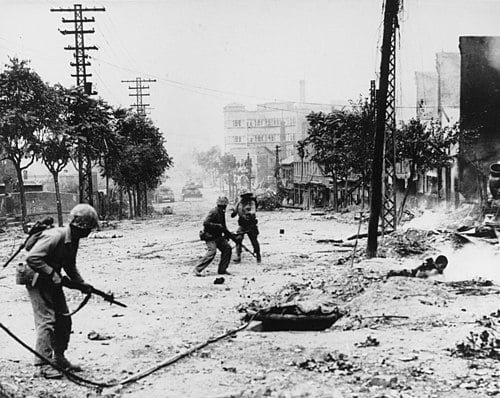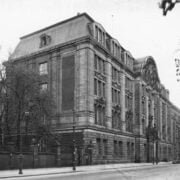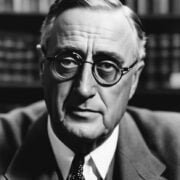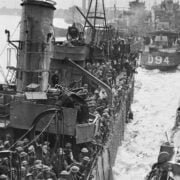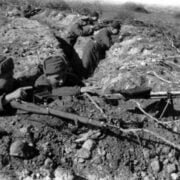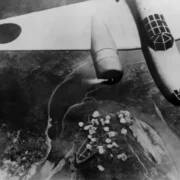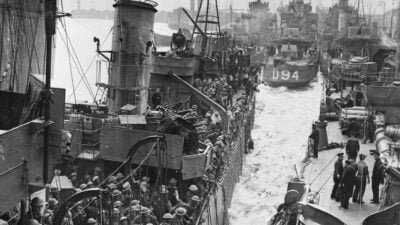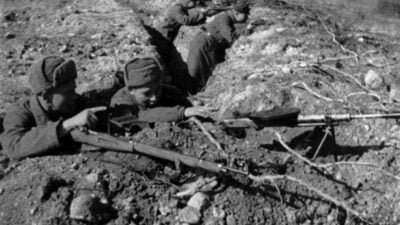The Cuban Missile Crisis, which took place in October 1962, was one of the most intense and dangerous moments of the Cold War, a direct confrontation between the United States and the Soviet Union that brought the world to the brink of a nuclear conflict.
Also check out: Construction and Fall of the Berlin Wall
Cuban Revolution and the Rise of Fidel Castro
The Cuban Revolution of 1959, led by Fidel Castro, overthrew the regime of dictator Fulgencio Batista. The revolution, initially viewed with sympathy by some sectors, caused tensions with the U.S. due to the increasing socialist influence and the nationalization of American companies in Cuba.
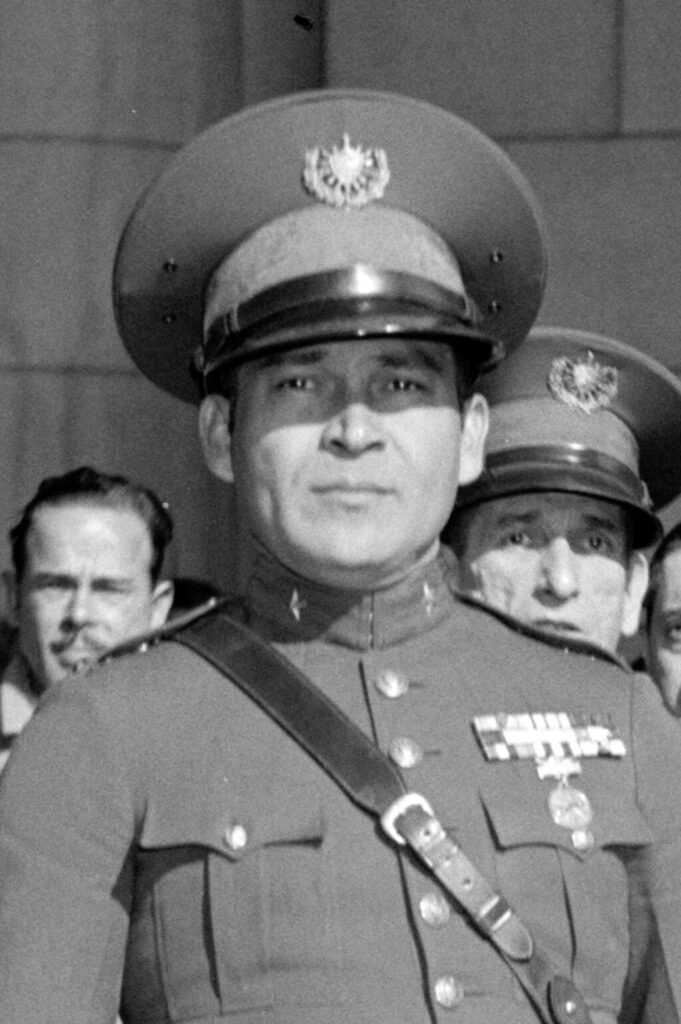

US-Cuba Relations and the Bay of Pigs
Relations between the U.S. and Cuba became tense after the Revolution. In 1961, the unsuccessful Bay of Pigs invasion aimed to overthrow Castro. The failure of this episode increased hostility between the two countries.
The Cold War was a predominant context, with the U.S. and the Soviet Union competing for global influence. Soviet presence in Cuba was seen as a direct threat to security, fueling fears of a possible nuclear attack.
Deployment of Soviet Missiles in Cuba
In 1962, U.S. intelligence discovered the installation of Soviet nuclear missile bases in Cuba. These missiles could reach targets across much of the U.S. territory, posing a serious threat to national security.
When Kennedy publicly disclosed the knowledge of Soviet missiles in Cuba, the crisis rapidly escalated. The issue became a crucial foreign policy dilemma, and the world watched with apprehension as events unfolded.
Naval Blockade and Crisis Resolution
The U.S. implemented a naval blockade of Cuba to prevent more Soviet missiles from arriving. This raised tension to a critical point, bringing the two superpowers to the brink of direct conflict. However, after intense negotiations, the crisis was resolved through an agreement to withdraw the missiles.
Deployment of Soviet Missiles in Cuba
Following the Cuban Revolution, Cuba drew closer to the Soviet Union. Cuban leader Fidel Castro saw the USSR as a potential ally for his socialist policy and to protect against potential U.S. interventions.
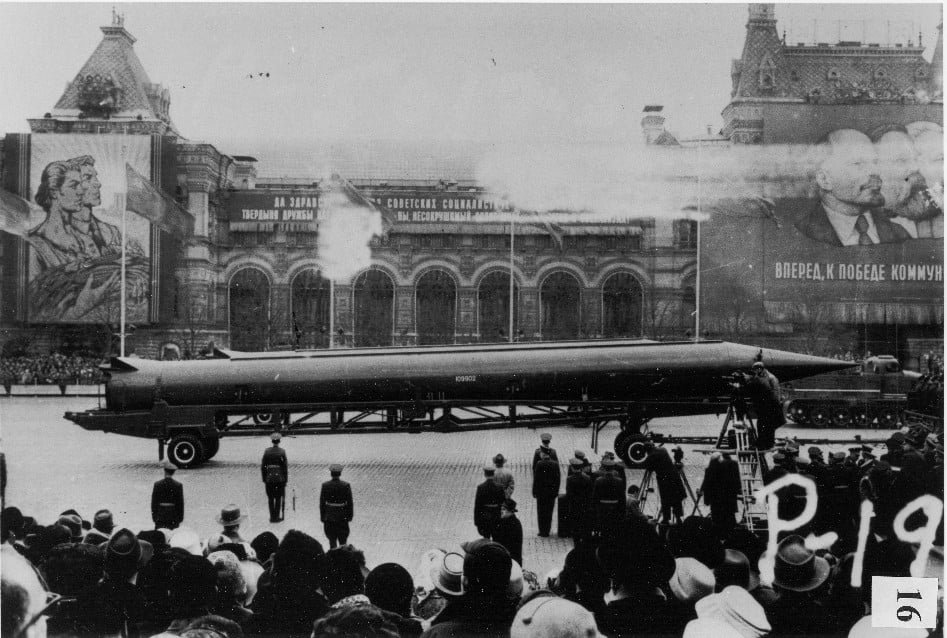

Motivations for Missile Deployment
The deployment of Soviet missiles in Cuba was a direct response to the presence of American missiles in Turkey and Italy, close to the Soviet Union. Soviet leaders saw the opportunity to establish a similar strategic position in Latin America.
Discovery and Disclosure of Missiles
In October 1962, aerial photos obtained by American spy planes revealed the presence of Soviet missile launch sites in Cuba. This generated an immediate crisis, as these missiles could hit targets in the United States within minutes.
These missiles in Cuba represented a significant threat to national security, drastically reducing response time in case of a nuclear attack. For Soviet leaders, the missile installation served as a deterrent and a balance of power in the Cold War.
Confrontation and Cuban Blockade
The discovery of Soviet missiles in Cuba led President Kennedy to publicly confront the Soviet Union. The U.S. imposed a naval blockade on Cuba to prevent more weapons from arriving and demanded the removal of the missiles.
After days of intense negotiations, the Soviet Union agreed to remove the missiles from Cuba, thus avoiding direct conflict. In return, the U.S. pledged not to invade Cuba and to remove the missiles in Turkey at a later date, although this part of the agreement was kept secret.
The Cuban Missile Crisis Intensifies
After confirming the presence of Soviet missiles in Cuba, President Kennedy made a televised address to the nation, warning about the threat posed by the missiles. They subsequently imposed a naval blockade on Cuba, announcing that any attempt by ships carrying weapons would be intercepted.


Maximum Nuclear Alert
The U.S. raised the nuclear readiness level, preparing for a possible attack. The world witnessed one of the most tense moments of the Cold War, with the threat of an imminent nuclear war. They demanded the immediate removal of the Soviet missiles from Cuba. Kennedy requested a formal response from Moscow on the issue, initiating a period of intense negotiations and communications between the two countries, seeking a peaceful resolution.
Khrushchev’s Speech and Retaliation Threats
Soviet leader Nikita Khrushchev responded to the U.S. in a public speech, defending the presence of the missiles in Cuba as a self-defense measure. He threatened retaliation if the U.S. attacked Cuba or attempted to forcibly remove the missiles.
Response Deadline and Increasing Tension
Kennedy set a deadline for the Soviet response, increasing pressure on Khrushchev. The world witnessed escalating tensions, with the possibility of a direct confrontation between the superpowers.
As the situation reached its critical point, both sides sought ways to avoid a nuclear conflict. Negotiations between Kennedy and Khrushchev were crucial in calming tensions and seeking a solution that would not result in war.
Negotiations and Resolution of the Cuban Missile Crisis
Despite extreme tensions and the imminent threat of nuclear war, both superpowers opened direct communication channels to seek a diplomatic way out of the crisis.
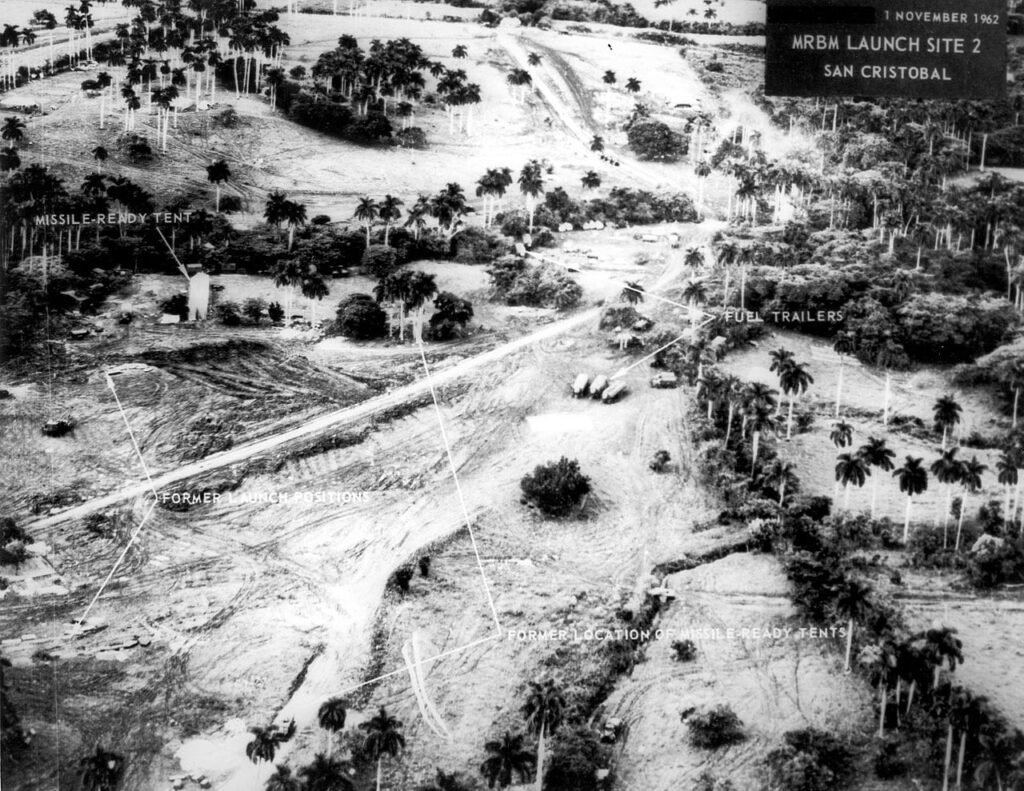

Communication between Kennedy and Khrushchev
Kennedy and Khrushchev exchanged several messages and letters, exploring options to resolve the crisis peacefully. Both leaders were under intense pressure to find a solution that would avoid direct conflict.
Offer of Agreement
Khrushchev proposed a public and a secret agreement to resolve the crisis. Publicly, he agreed to remove the missiles from Cuba in exchange for the U.S. promise not to invade the island and later remove the missiles in Turkey. The secret agreement involved the withdrawal of the Turkish missiles.
Kennedy accepted the public agreement and agreed to the terms of the secret agreement, although the latter was kept secret. This positive response allowed the resolution of the crisis, with both sides agreeing to the terms and ending the confrontation.
Missile Withdrawal and Non-Invasion Guarantees
After the confirmation of the removal of the missiles from Cuba, the U.S. publicly committed not to invade the island and to remove the missiles in Turkey, although this part of the agreement was kept secret for some time.
The resolution of the Cuban Missile Crisis was met with relief worldwide, avoiding a potential nuclear war. The episode served as a lesson for both superpowers, highlighting the need for communication and negotiation to avoid devastating conflicts.
Impact of the Cuban Missile Crisis and Its Consequences
The Cuban Missile Crisis led to a reevaluation of security policies and strategies by both superpowers. The U.S. and the Soviet Union realized the dangers of an arms race and made efforts to reduce tensions.
Arms Control Agreements
After the crisis, negotiations resulted in agreements to control the proliferation of nuclear weapons. The Nuclear Non-Proliferation Treaty (NPT) in 1968 and the Strategic Arms Limitation Talks (SALT) in the 1970s reflected efforts to contain the arms race.
As a direct result of the crisis, the “red telephone,” a direct communication line between the White House and the Kremlin, was established, allowing immediate communication in crisis situations to avoid misunderstandings and reduce tensions.
Increase in Diplomatic Dialogue
The crisis also encouraged an increase in dialogue and negotiations between the U.S. and the USSR. Both countries recognized the need to avoid similar situations and established a more robust process of communication and negotiation.
Reaffirmation of Mutually Assured Destruction (MAD)
The concept of Mutually Assured Destruction, where both superpowers had arsenals powerful enough to destroy each other, was reaffirmed. This created a delicate balance and discouraged direct confrontation.
The Cuban Missile Crisis left a lasting legacy, teaching nations the danger of uncontrolled military escalation. The event served as a crucial lesson on the need for dialogue, diplomacy, and measures to avoid crisis situations.
Legacy of the Cuban Missile Crisis and Lessons Learned
The Cuban Missile Crisis emphasized the importance of diplomacy and negotiation in crisis situations. World leaders learned that direct dialogue and commitment are essential to avoid dangerous confrontations.
Recognition of Nuclear Escalation and the Balance of Terror in the Cuban Missile Crisis
The crisis highlighted the dangers of nuclear escalation and the logic of the Balance of Terror, where both superpowers had the capability to inflict irreparable damage on each other. This led to a more cautious stance and an effort to avoid direct confrontations.
The creation of the “red telephone” between the White House and the Kremlin illustrated the need for direct and immediate communication between leaders in times of crisis. This helped avoid misunderstandings and reduced tensions.
Development of Arms Control Agreements
The Strategic Arms Limitation Talks (SALT) and the Nuclear Non-Proliferation Treaty (NPT) were developed as a result of the crisis, reflecting efforts to control the proliferation of nuclear weapons and contain the arms race.
The countries involved in the crisis reviewed their security strategies, recognizing the need to reassess and adjust their policies to prevent the repetition of similar crisis situations.
Contribution to Global Stability
The crisis, despite its immediate danger, contributed to global stability by establishing practices and agreements that helped reduce tensions between the superpowers and shaped a more cautious approach in international relations.
Conclusion of the Cuban Missile Crisis
The Cuban Missile Crisis left a significant legacy, teaching the world the necessity of dialogue, communication, and negotiation to avoid crises that could lead to dangerous confrontations. The lessons learned during this crucial period influenced global policy and helped shape more cautious strategies in international relations, avoiding potential nuclear disasters.




